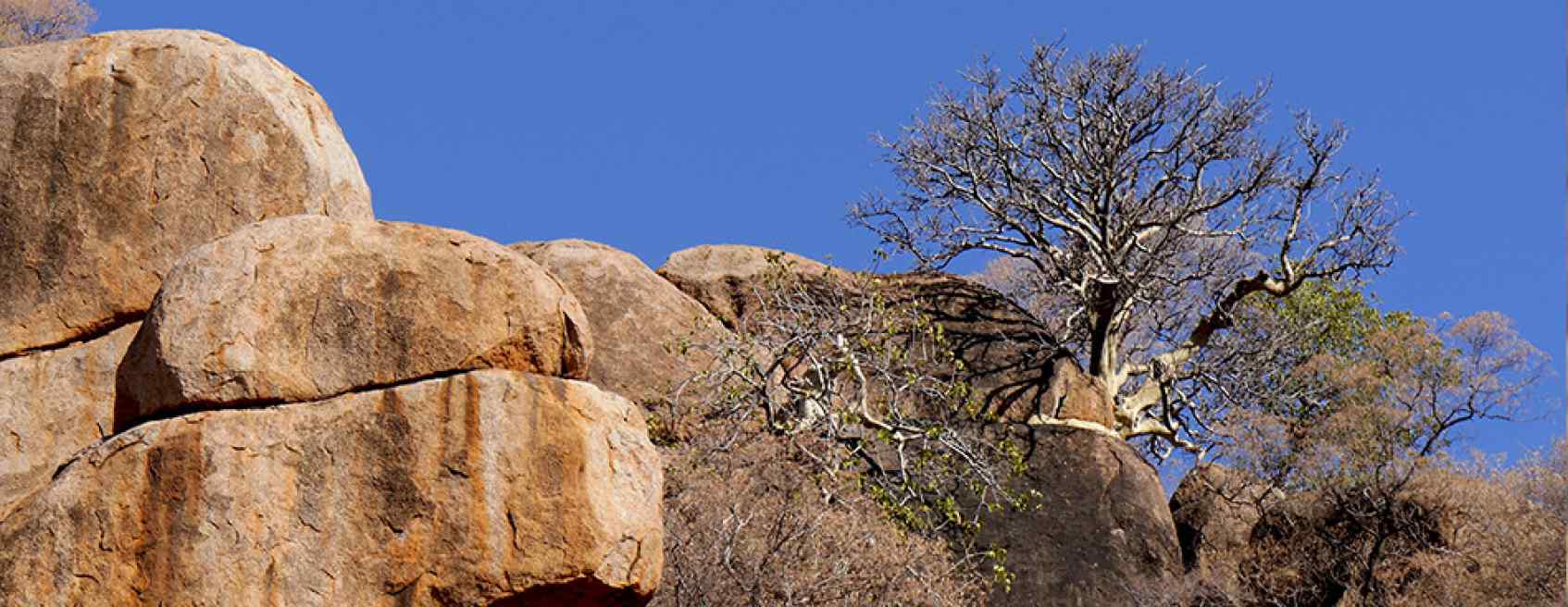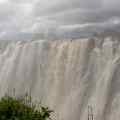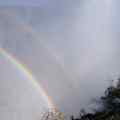Tsodilo Hills
Bushmen (San) rock art paintings

Tsodilo Hills is a series of four hills that protrude from the dry and bush covered area in Botswana. Tsodilo Hills derived its name from the Hambukushu word ‘Soriles” which means sheer. These hills contain many historic Bushmen (San) rock art paintings which are found in the Tsodilo area, an area known to be filled with mystery and spirituality.Tsodilo is a place of special significance to the Basarwa people who have lived there for thousands of years. Tsodilo Hills is located about 53km South-West of Shakawe, Botswana, and consists of four hills that rise sharply out of the flat area approximately 400m high. This area has been inhabited for over 30 000 years and has become one of the world’s oldest historical sites.
There are rock paintings on all the hills, with the best site located at the north end of the female hill, so named because the San believe the hills are a resting place for the spirits of the deceased and their various gods live in the caverns within the Female hill. This hill covers the largest area but, at 300m is not the highest. The honor belongs to the Male hill that reaches a height of 410m above the surrounding plain. The most sacred place in Tsodilo is near the top of the male hill, where the Basarwa believe the spirit knelt to pray after creating the world. The third hill, rising to 40 meters is the child, located about two kilometres away from the female hill. Beyond these is a smaller, unnamed knoll, 2.2 kilometres northwest of the child hill .The Basarwa believe this hill was the Male Hill’s first wife who was discarded when he met and married the taller Female Hill.
These hills have more than 4000 Bushmen paintings located in the areas surrounding the 4 hills making it one of the world’s most important rock art collections. Some of the paintings include drawings of whales, penguins, people, Bushmen trance dances, animals. Most of the paintings are found near the female hill.
The enigmatic and spiritual quality of the hills was noted by the famous author Sir Laurens van der Post in his book “The Lost World of the Kalahari” It was here that Sir Laurens’s cameras inexplicably jammed, his tape recorders ceased functioning and his party was attacked by swarms of bees three mornings running. When he learned from his guide that two of his party had disturbed the Tsodilo spirits by ignoring long-established protocol and killing a warthog and a steenbok while approaching the sacred hills, van der Post buried a note of apology beneath the panel of paintings that now bears his name and it was apparently accepted.








